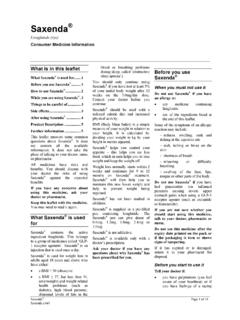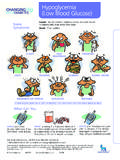Transcription of Fast track to Domain: SDTM.PC and SDTM.PP Use …
1 PhUSE 2016 1 Paper PP20 Fast track to Domain: and Use Graphic overview of variables to speed up learnings curve. Lina Ulkj r J rgensen, novo nordisk A/S, Bagsv rd, Denmark ABSTRACT Pharmacokinetics concentration (PC) and Pharmacokinetics Parameters (PP) Domain Models are described in CDISC Implementation Guide. To work with these domains gives some challenges. This poster shows all variables on a graph representing an output from a PKPD analysis. It provides you with a fast overview and makes the learning curve less steep. The Poster shows how to link and domain together gathering information from a PK curve. INTRODUCTION novo nordisk A/S is in a transition period where all Trial data are converted to SDTM. In that connection we works with and domain. SHORT ABOUT PHARMACOKINETICS (PK) Pharmacokinetics is the analysis of Concentration/Time profiles, a set of concentration measurements taken immediately before a drug administration and repeatedly thereafter according to a sampling scheme, at time 0min, 100min, 200min, 300min, 400min, 500min and 600min.
2 Sometimes one or more pre-dose sampling points are included. A profile is tied to a dosing. When a new dose is given, a new profile starts. PK describes what the body does to the drug Pharmacodynamics - PD - describes what the drug does to the body, colloquially all is just called pkpd. The purpose of the PK analysis is to estimate various PK parameters for a single profile. Some are simple and can be calculated for (almost) any profile, AUC0-tz, AUMC, Cmax, Tmax, Cmean, some are more complicated and require certain conditions to be met, t , - some are calculated from other PK parameters and may depend on Type of profile (Single Dose, SD, or Steady State, SS), route of administration, dose or other additional information, Clearance, AUC0-inf and MRT. novo nordisk A/S PKPD SAS MACRO. novo nordisk has its own macro developed in SAS software to calculate all relevant Pharmacodynamics parameters. Its primary used in phase1 trials.
3 The macro calculates standard PK parameters for single, individual PK profiles .The macro is independent of data models and can be used in all novo nordisk A/S projects. It can run on dataset data where as a minimum information about the dose must be added. The macro can be compared with the software WinNonlin. novo has a team of statisticians that take care of all knowledge sharing and challenges related to pkpd and the use of pkpd macro. DOMAIN AND To populate domain with data is fairly easy. It is populated particularly from Lab data, To populate domain is a challenge. It is recognized that contains derived data, even though it an SDTM dataset. It holds all the PK parameters in the variable PPTESTCD=Parameter Short Name and PPTEST=Parameter Name, the text Cmax will go into variable PPTESTCD. PhUSE 2016 2 The linking of the 2 domains is important and is primary done with use of variable PCRFTDTC, Date/Time of Reference Point from domain against PPRFTDTC, date/Time of Reference Point in These variable holds the [Time for nom time=0].
4 Extra links are by PCSEQ and PCGRPID. This is shown on the Graph on the Poster. Not every concentration from is used to calculate the Pharmacokinetics parameters to , so there is NOT a one to one relation between the 2 dataset; it s a requirement that sponsors document the concentrations used to calculate each parameter. Luckily this can be done by submitting the analysis datasets, based on + dose. novo nordisk A/S considering to using domain instead of domain. Check out the Poster and have a chat about this. CONCLUSION The purpose of this Poster is to give a Graphic overview of where to find and where to put the variable describe in SDTM implementation Guide. Often it s the simplest graphic approach that helps you a lot in understanding difficult items. Just by a quick glance at this Poster you will get knowledge to do the Pharmacokinetics Domains. ACKNOWLEDGMENTS I would like to thank the principal statistician that has developed the macro for pkpd calculation at novo nordisk for input and inspiring help.
5 Your comments and questions are valued and encouraged. Contact the author at: Author Name Lina Ulkj r J rgensen Company novo nordisk A/S Address Vandt rnsvej 83 City / Postcode DK / 2860 Soeborg Work Phone: 4530792860 Fax: Email: Web.






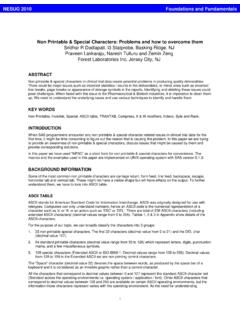

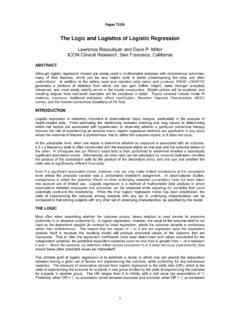

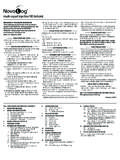

![Schedule D] - Novo Nordisk Canada](/cache/preview/b/f/c/5/9/9/f/5/thumb-bfc599f58969b8bff3fb0f7d9d95ed1e.jpg)
